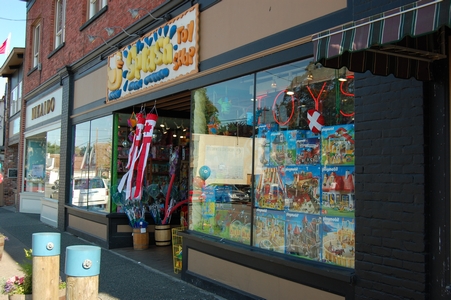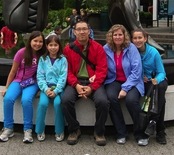Steveston
Today we headed down to Steveston Village.
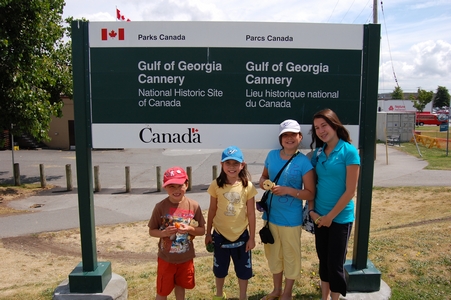
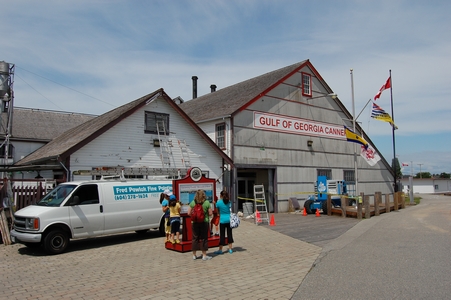
Steveston is on the southwestern shore of Richmond, it was a once-boisterous frontier seaport and principal port on the Fraser River, founded in 1880 by William Herbert Steves.
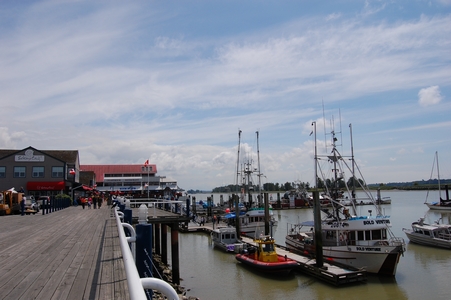
At the turn of the twentieth century, Steveston was the busiest fishing port in the world, with fifteen salmon canneries, six hotels, numerous saloons and gambling dens, and up to fourteen windjammers simultaneously loading canned salmon for world markets. On a Saturday night, 10,000 people thronged the boardwalks, including Native Indians, Japanese, Chinese, European immigrants, and sailors from the seven seas.
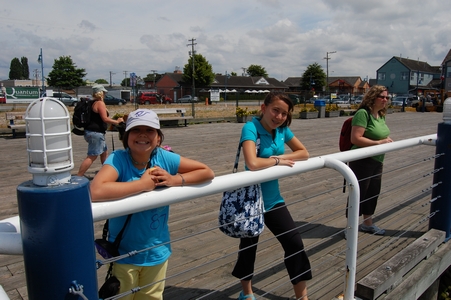
We watched some fishermen selling fish off their boat. Here he is with some Lingcod.
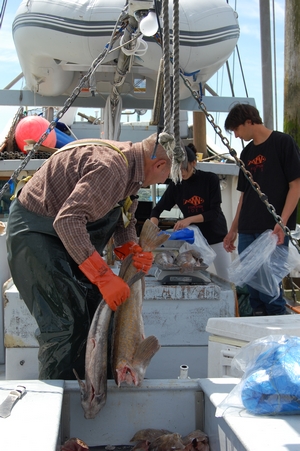
Cutting the heads off.
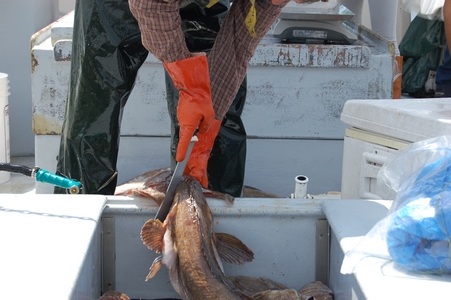
A halibut. There was a lady there who bought over $500 worth of fish. This halibut was $130.
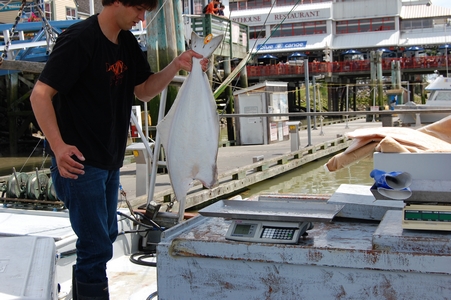
There were all kinds of fishing boats.
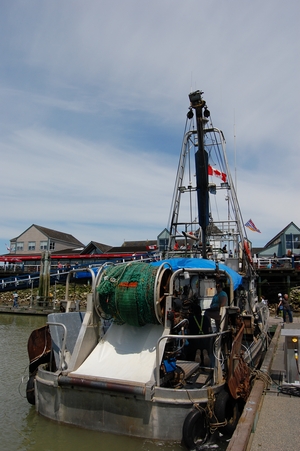
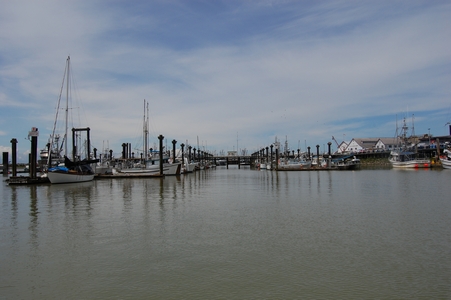
Today's prices written in chalk on the side of the boat.
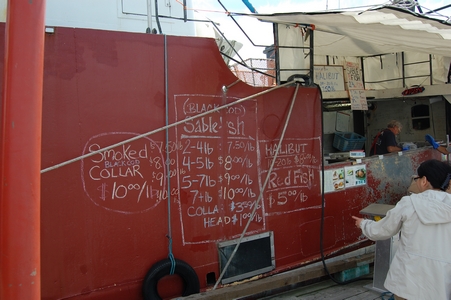
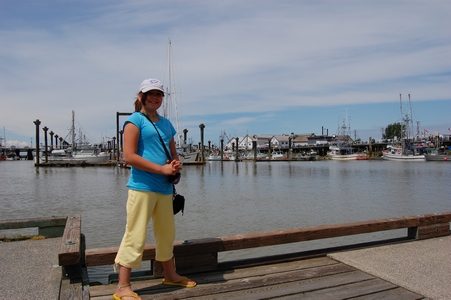
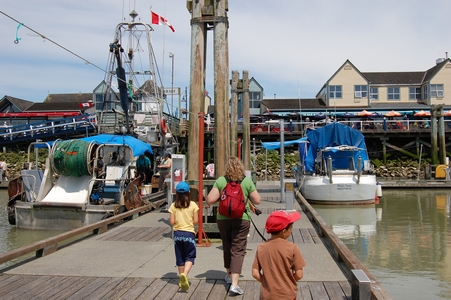
Lots of fish for sale.
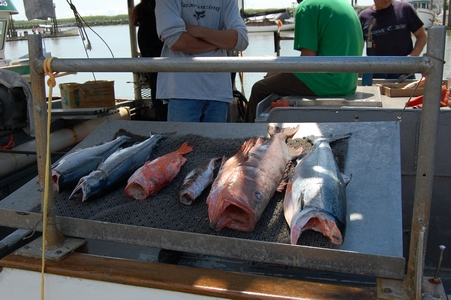
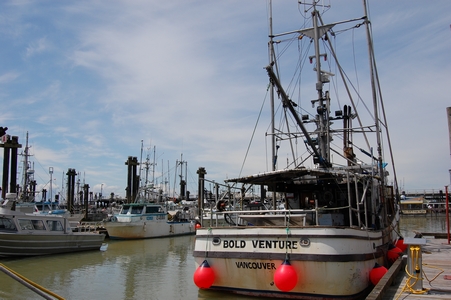
We had fish and chips for lunch. We ordered from PaJo's, the food is served in newsprint shaped like a cone. The fries were at the bottom and the fish on top. We managed to get a picnic table and it has holes cut out so you can put your cone in.
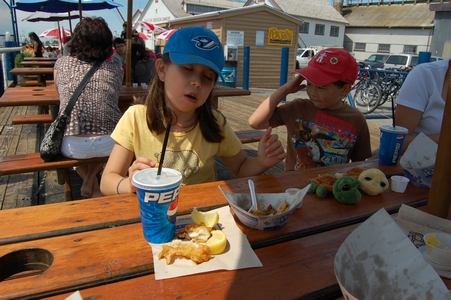
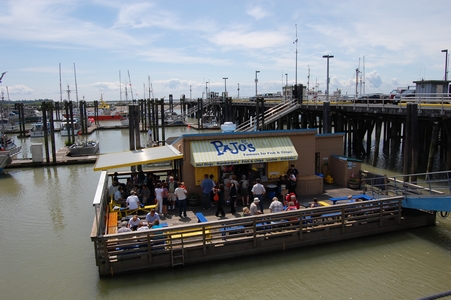
We watched a number of big boats go by.
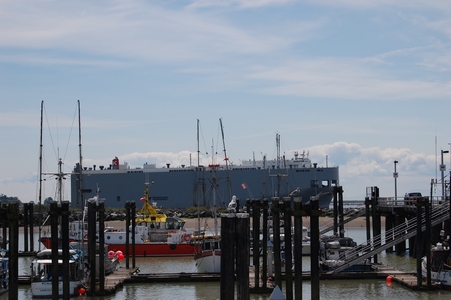
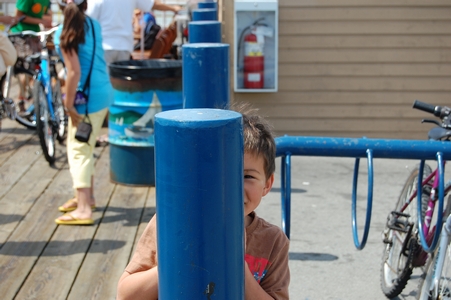
After lunch we walked further down towards the Britannia Heritage Shipyard.
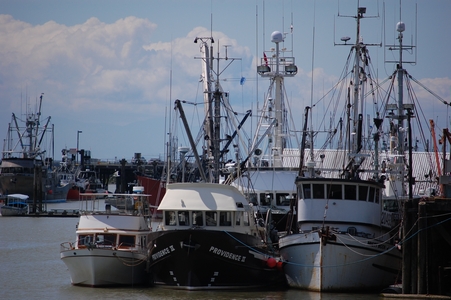
Britannia is one of the few surviving examples from Steveston's rich past, when a mix of canneries, net lofts, boatyards, residences, and stores defined the neighbourhood. Restoration of the site is in the development stage, and over the coming years much of its former glory is slated to be restored.
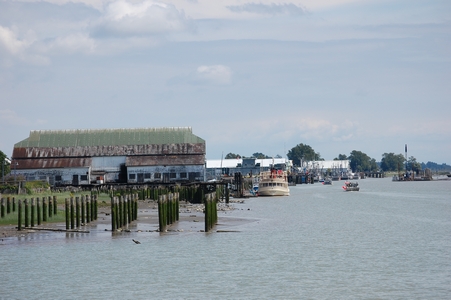
A memorial statue dedicated to the Japanese.
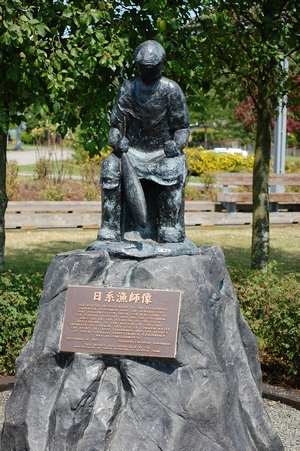
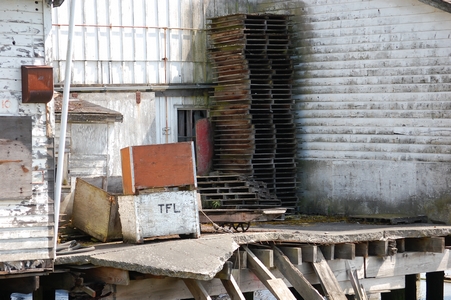
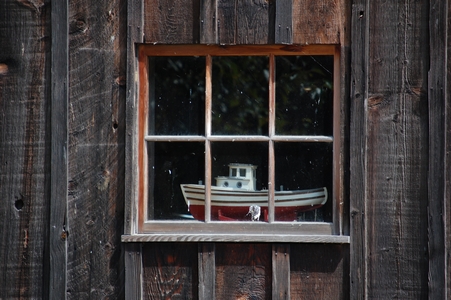
Low tide?
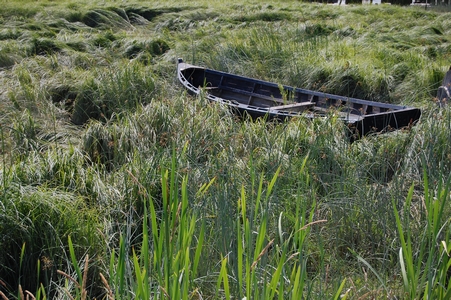
This guy's dogs were living the easy life. His wheel barrow reminded me of the kind Jiichan had.
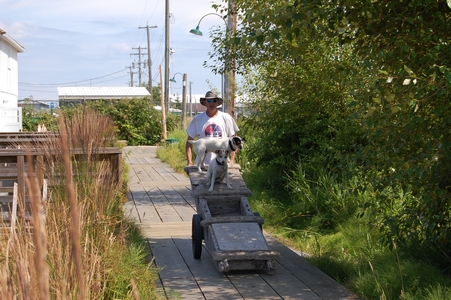
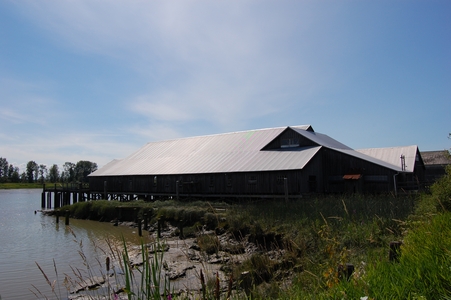
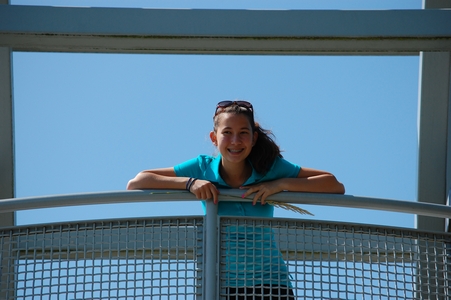
There were a couple of swans. They were both sleeping on the shore, but one swam away.
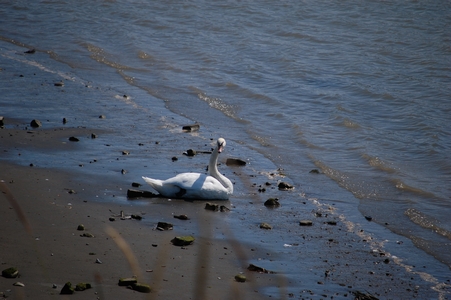
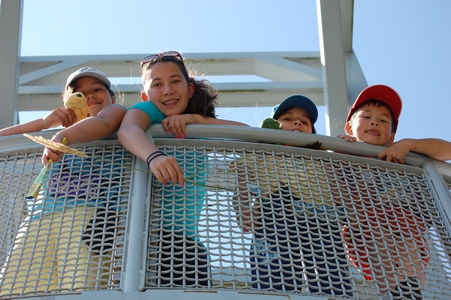
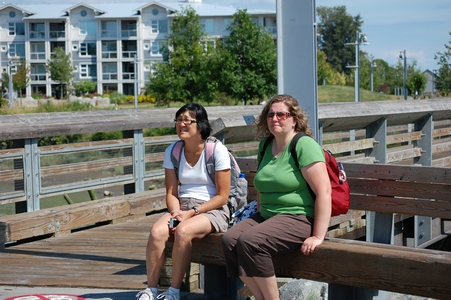
Another eagle outside the Starbuck's in Steveston.
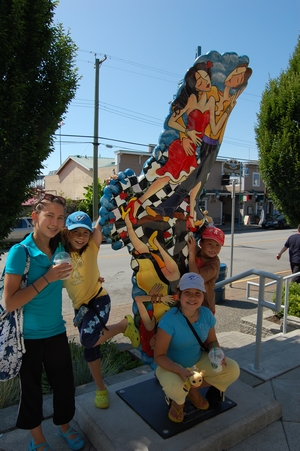
We found a toy shop before we headed back to base camp.
